- music lessons
- Jeanne Shaffer
- Jacques Offenbach
- Bright Shiny Things
- Red Priest Recordings
- Alison Shone
- Didier Gold
- Rautavaara: Deux Sérénades
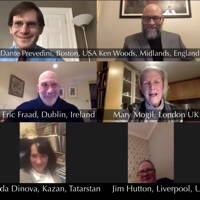 VIDEO PODCAST: Come and meet Eric Fraad of Heresy Records, Kenneth Woods, musical director of Colorado MahlerFest and the English Symphony Orchestra and others.
VIDEO PODCAST: Come and meet Eric Fraad of Heresy Records, Kenneth Woods, musical director of Colorado MahlerFest and the English Symphony Orchestra and others.
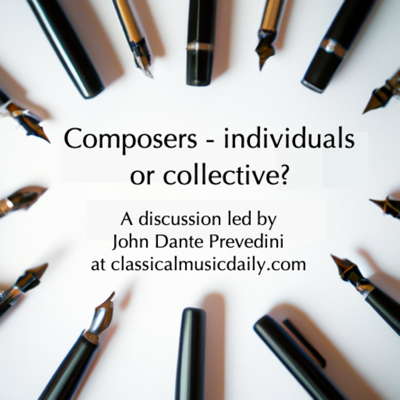 DISCUSSION: John Dante Prevedini leads a discussion about Composers, individuals or collective?, including contributions from David Arditti, Halida Dinova, Robert McCarney and Jane Stanley.
DISCUSSION: John Dante Prevedini leads a discussion about Composers, individuals or collective?, including contributions from David Arditti, Halida Dinova, Robert McCarney and Jane Stanley.
The Cosmic Destination of All Life
PAUL BODINE discovers magic in the San Diego Symphony Orchestra's performance of Gustav Mahler's Symphony No 3
The San Diego Symphony, California's oldest - founded 1910 - ended its 2024-25 regular-program season as it began it, with a sprawling early Mahler symphony. Last October, Mahler's Resurrection Symphony (No 2, 1894) nicely symbolized the unveiling of the Symphony's thoroughly renovated concert hall, Jacobs Music Center, in downtown San Diego. On 23 May 2025, Mahler's Symphony No 3 (1896) symbolized several things: the symphony's thorough assimilation of its new hall's acoustic into its sound, its easy confidence in executing the most challenging works in the canon, and music director Rafael Payare's confirmation as a credentialed 'Mahlerian'.
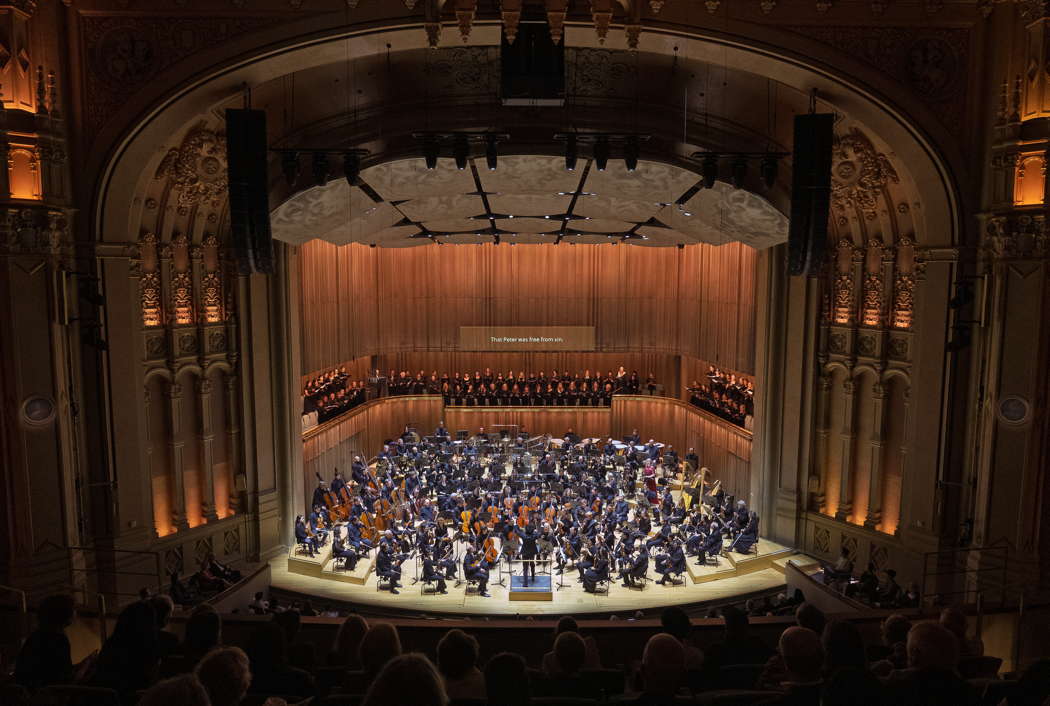
San Diego Symphony performing Mahler's Symphony No 3 in the Jacobs Music Center on 23 May 2025. Photo © 2025 Gary Payne
The daunting scale of Mahler's second symphony notwithstanding, the composer boasted that his third symphony's opening movement alone made 'the Second Symphony seem like a child'. Its length - longer than most full symphonies - was unheard of: it stretched sonata form to its breaking point, demanded unconventional instrumentation (eight horns, four trumpets, etc), and ambitiously sought to give 'the whole of nature ... a voice'. That first movement was only one of six in which Mahler traced the course of life from basic evolutionary nature to the cosmic destination of all life: love. If Mahler's first two symphonies dramatized a hero's life (and death), his third was meant to capture - compose - life itself.
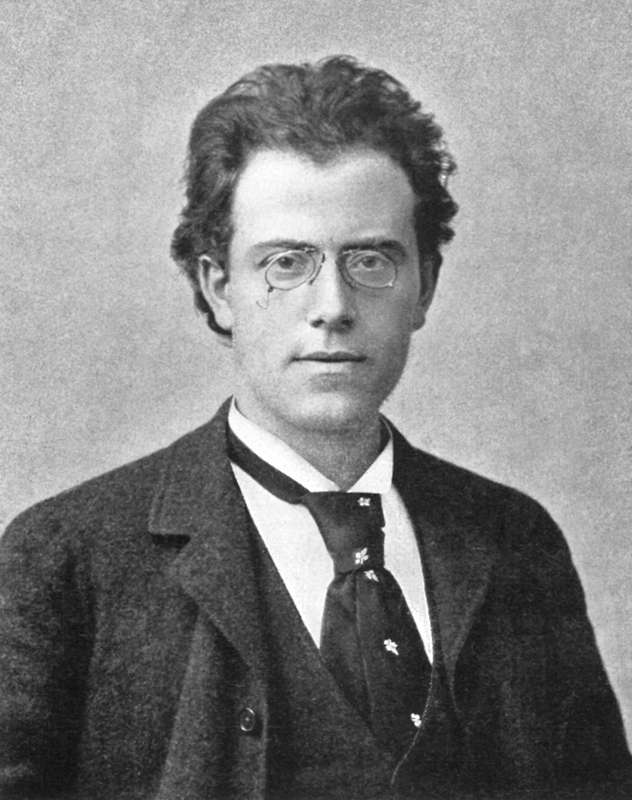
Gustav Mahler (1860-1911) in 1892
The San Diego Symphony last performed the Third in May 2017 under its previous music director Jahja Ling. Though many of the current Symphony's core players and leaders were already on board during that earlier performance, Friday night's orchestra showed a new swagger or élan that the new hall can take some credit for. Eight months after its unveiling, it still sounds (and looks) superb.
Symphony musicians can simply hear each other better; and the audience is now in a position to appreciate the resultant improvement in their playing. In the Third symphony's third movement (Comodo, Scherzando, Ohne Hast), for example, principal trumpet Christopher Smith was positioned for the post-horn role in the lower lobby, behind and to the right of the audience. Yet from the eighth row near the stage, Smith's plangent, beguiling serenade carried with exactly the desired distance and sonic clarity. Likewise, the duet between piccoloist Lily Josefsberg and trumpeter Ray Nowak in the same movement had a balanced immediacy impossible in the pre-renovated hall.
With a new acoustic that allows each instrument to shine, musicians play accordingly, and Payare, a connoisseur of color, can confidently indulge ignored timbres and hidden textures. On Friday, the Third Symphony's massive first and last movements wowed with their volume, judicious pacing and precision ensemble. But it was the individual instrumental interactions of the inner movements that lingered and impressed. In the chamber-like second movement, for example, Sarah Skuster's oboe solo and concertmaster Jeff Thayer's 'duets' with flutist Rose Lombardo, clarinetist Sheryl Renk and harpist Julie Smith Phillips resonated with an exquisitely balanced definition.
The synergy of a sonically alive new hall, virtuosic leaders/soloists, and a conductor who savors the score generated magic all night. The first movement offered trombonist Kyle Covington multiple solo opportunities, and he rose to every occasion. Scottish mezzo-soprano Karen Cargill brought a hushed gravity to her fourth-movement solo ('O Mensch! Gib Acht!'), her middle range resonated beautifully by Benjamin Jaber's echoing horn. Jaber himself was in fine form all evening, from the gentle horn call closing the third-movement scherzo to the noble glow sustaining the finale's climax.
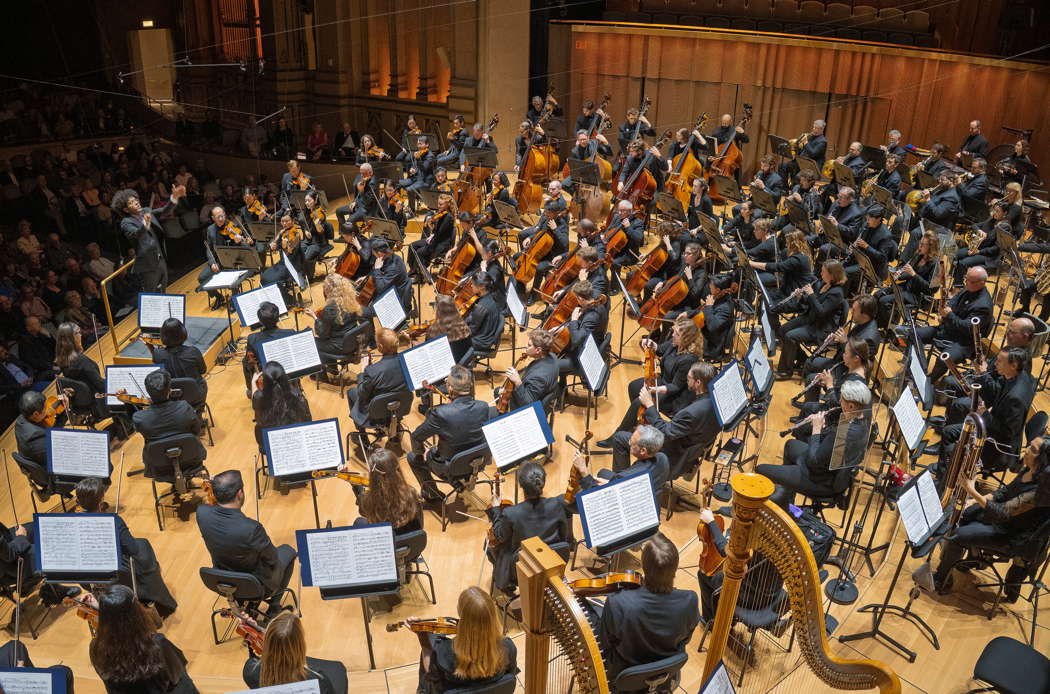
San Diego Symphony and Rafael Payare performing Mahler's Symphony No 3 in the Jacobs Music Center. Photo © 2025 Gary Payne
Having met the opportunity its new hall offered, the San Diego Symphony ends its 2024-25 season auspiciously with well-resourced management, a charismatic music director, balanced virtuosity and veteran leadership in every section, and a deep young bench of self-assured talent.
Copyright © 27 May 2025
Paul Bodine,
San Diego, USA



